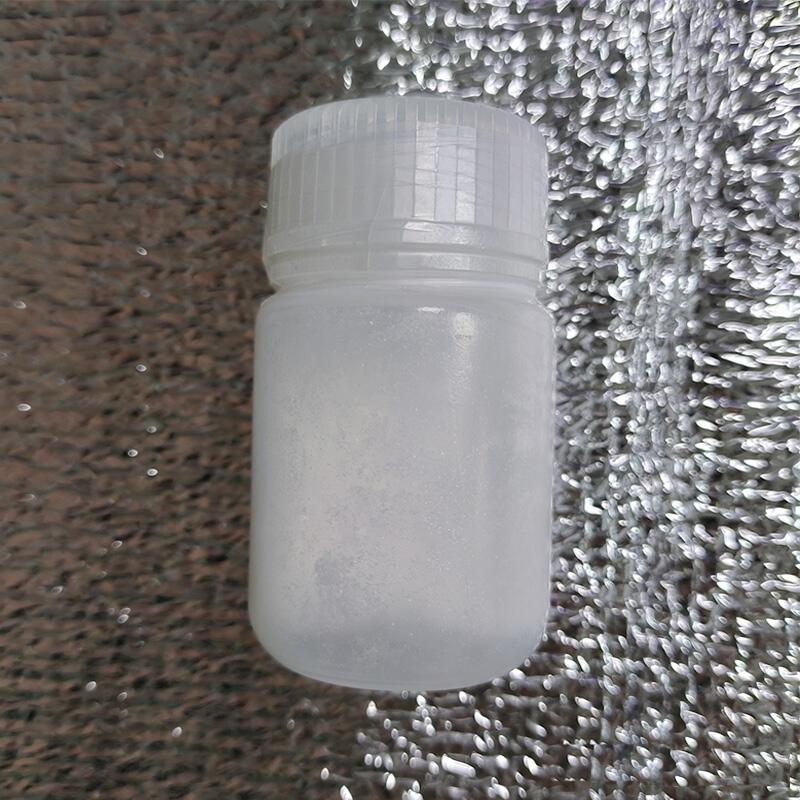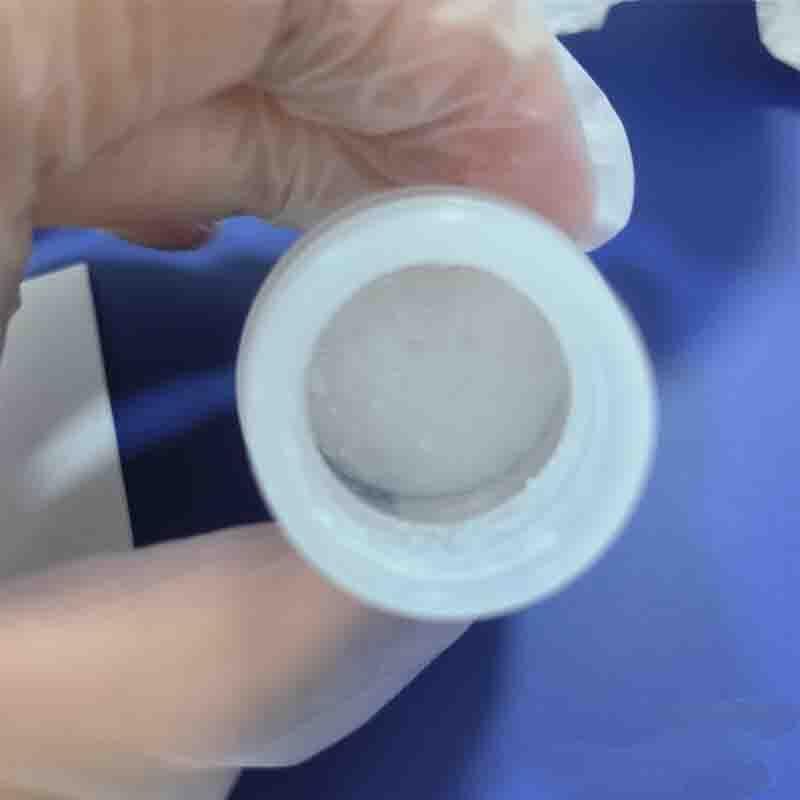-
Categories
-
Pharmaceutical Intermediates
-
Active Pharmaceutical Ingredients
-
Food Additives
- Industrial Coatings
- Agrochemicals
- Dyes and Pigments
- Surfactant
- Flavors and Fragrances
- Chemical Reagents
- Catalyst and Auxiliary
- Natural Products
- Inorganic Chemistry
-
Organic Chemistry
-
Biochemical Engineering
- Analytical Chemistry
-
Cosmetic Ingredient
- Water Treatment Chemical
-
Pharmaceutical Intermediates
Promotion
ECHEMI Mall
Wholesale
Weekly Price
Exhibition
News
-
Trade Service
Azintamide is a chemical compound that is widely used in various industries, including the chemical, pharmaceutical, and agrochemical industries.
It is an important intermediate in the production of various chemicals, including pesticides, herbicides, and other agricultural chemicals.
There are several synthetic routes to produce azintamide, and the choice of method depends on various factors, including the availability of starting materials, purity requirements, and economics.
The following are some of the most commonly used synthetic routes to produce azintamide:
- Amidosulfuration: This is one of the most common methods used to produce azintamide.
It involves the reaction of an alkali metal sulfate with sodium cyanate in the presence of a solvent.
The reaction produces a mixture of products, including azintamide, which can be purified by crystallization or other methods. - Hydrolysis of Nitriles: Another method to produce azintamide involves the hydrolysis of nitriles, such as acetonitrile, in the presence of base.
The reaction produces azintamide, which can be isolated by filtration and washing with water. - Hydrolysis of Chloramides: This method involves the hydrolysis of chloramides, such as N,N-dimethylacetamide chloride, in the presence of base.
The reaction produces azintamide, which can be purified by crystallization or other methods. - Reduction of Azide: Azintamide can also be produced by the reduction of azide, such as sodium azide, using reducing agents, such as hydride or borane.
The reaction produces azintamide, which can be isolated by filtration and washing with water.
The purity of the produced azintamide is an important factor in determining its quality and value.
It is essential to use high-purity starting materials and to follow appropriate purification methods to produce high-purity azintamide.
Crystallization is one of the most common methods used to purify azintamide, and it involves the dissolution of the crude azintamide in a solvent and subsequent crystallization of the resulting solution.
Other methods, such as ion-exchange chromatography and recrystallization, may also be used to purify azintamide.
In conclusion, there are several synthetic routes to produce azintamide, and the choice of method depends on various factors.
It is essential to use high-purity starting materials and to follow appropriate purification methods to produce high-purity azintamide, which is essential for use in various industries.
The use of environmentally friendly methods and the optimization of production processes are also critical to reducing the environmental impact of the production of azintamide and other chemicals.







